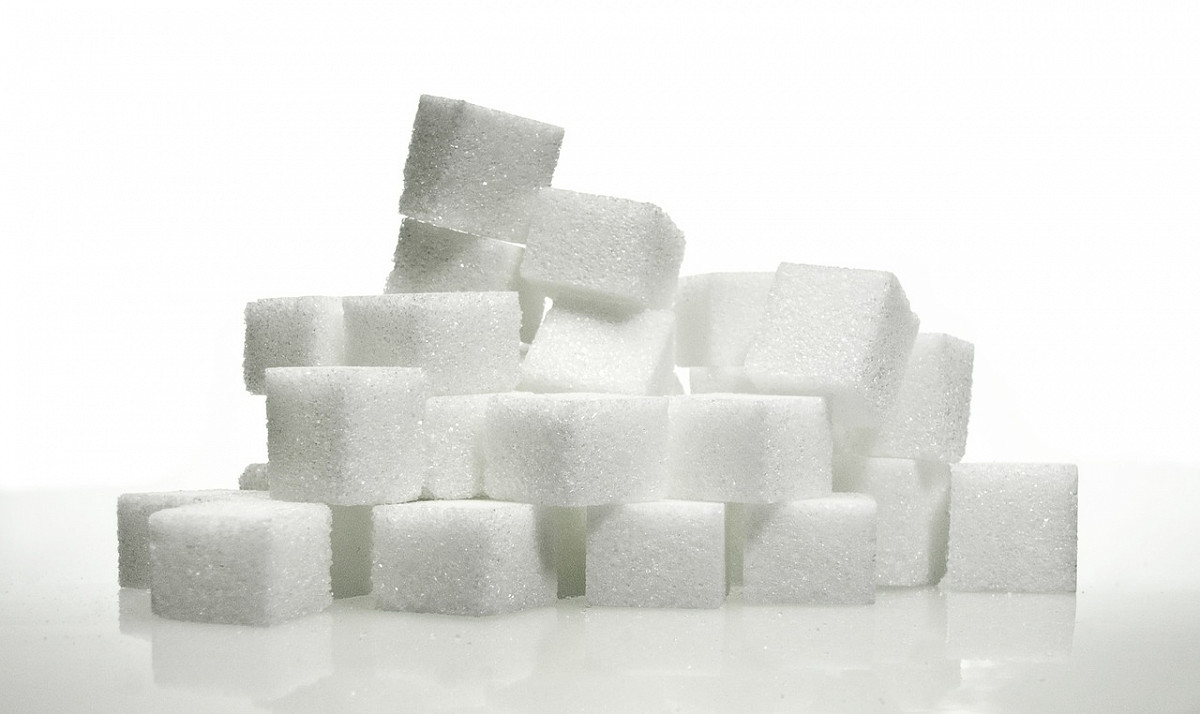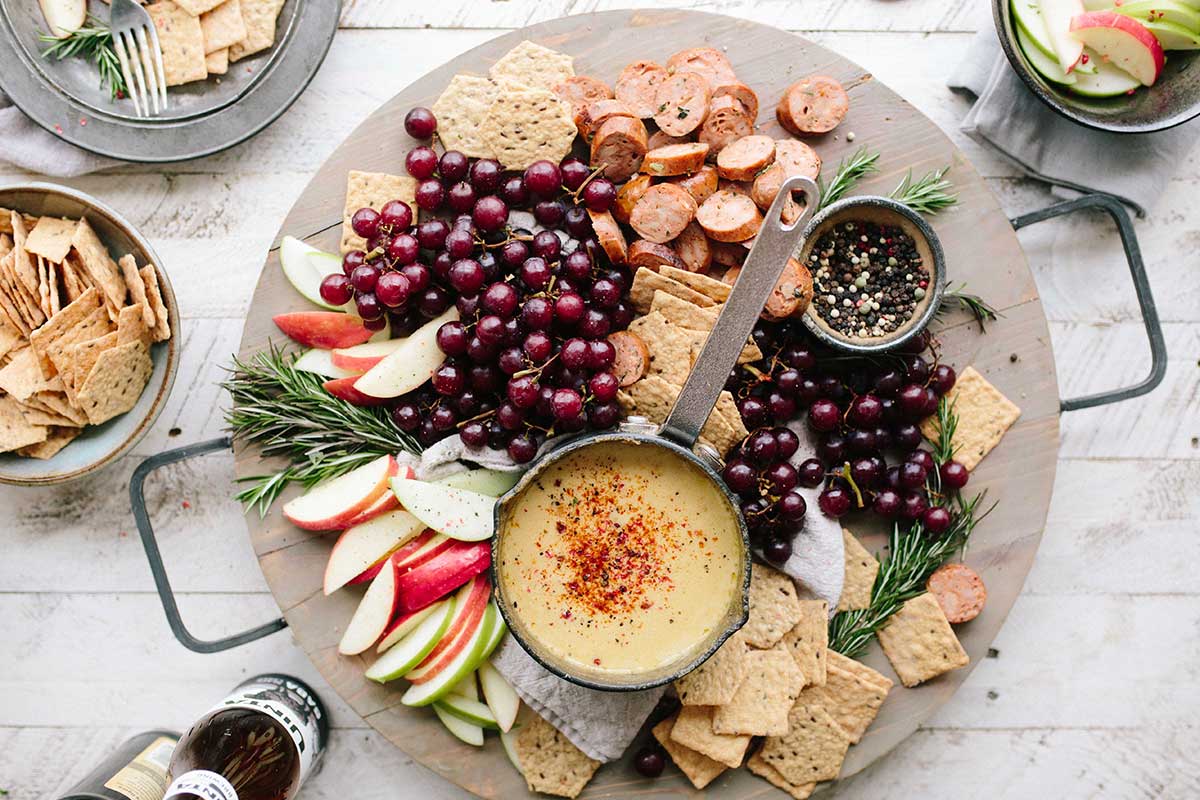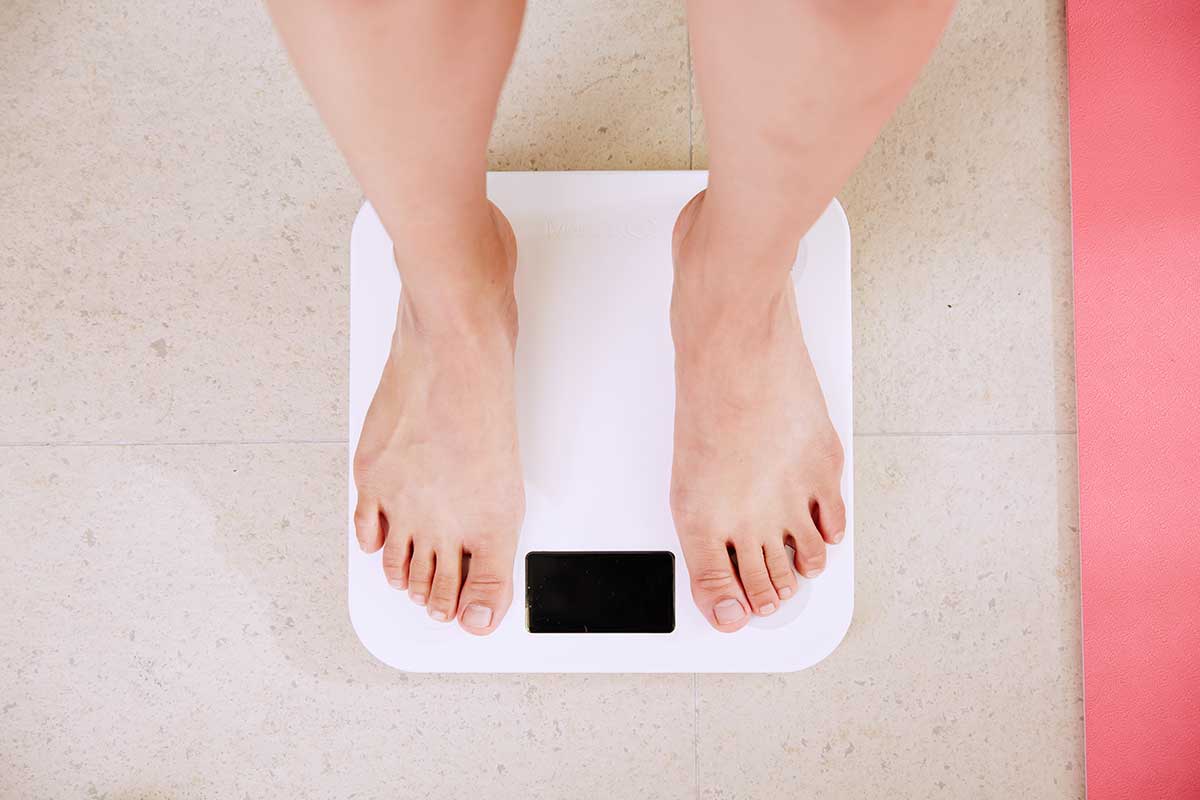Is sugar really as bad as they say?

In our daily nutrition, the sweet taste is one of the most defining ones, which we already get to know through mother's milk. Most people think of something positivein connection with sugar, and so it often serves as a form of reward. Just think of a slice of cake after a successful exam, a box of chocolate received on one’s birthday, or holiday sweets. When we talk about these, the first thing that comes to mind is sugar, but what is sugar and how does it get into our food?
Sugar can be made from two plants, one is sugar cane, while the other is sugar beet. In commercial circulation, its form of appearance is very diverse, it can be crystalline, cube or powder, depending on the color it is typically either white or brown. Basically, the sugar on our table is a carbohydrate molecule consisting of two components, which is broken down into smaller subunits in our body with the help of enzymes so that it can be absorbed. Our brain uses a significant part of the sugar we eat as an energy source. The problem comes when we consume too much. Before looking at the maximum amount of sugar we should consume per day and which foods contain the most sugar, let's take a brief look at its production. Sugar consumption actually has a very old tradition,and it used to be very expensive. Nowadays, however, it has become an easily available staple food. Its price is largely determined by what it is made of .
Sugar cane is a tropical plant originating from India, it is more expensive to grow and requires more water, so the price is more expensive. In our country, sugar beet production is more widespread, as it is easier to grow. For both plants, harvesting is followed by a long and complicated industrial process, the end result of which is purified, crystallized sucrose. Nowadays, the consumption of brown sugar has become very popular, due to its slight caramel taste. It is mainly used for baking cakes and in the preparation of sweet drinks. Although it is more expensive than traditional granulated sugar, the difference in its production is that it is made from sugar cane and the technological process is stopped at one point, so it is not completely "cleaned", it is the remaining molasses that causes the brown color and the different taste. From the point of view of our nutrition, however, this does not make a difference, since regardless of the type or color, 1 gram of carbohydrate provides our body with 4.1 kilocalories. In the case of a healthy diet, 52-55% of energy is recommended to derive from carbohydrates, which also includes complex carbohydrates, such as fiber. More than 10% of added sugars is not recommended, which we must pay attention by checking the labels on the foods we are buying.
Unfortunately, nowadays obesity and chronic non-infectious diseases show an increasing trend, one of the causes of which is excessive sugar intake. However, with a few small changes, we can do a lot to protect our health. More and more foods contain sugar in hidden form. We would not even imagine how much extra sugar is added to a canned or bottled vegetable or fruit. We can avoid this by choosing fresh or frozen whenever possible. If only the above-mentioned form is available, then look for light or reduced-sugar products. Dairy products are an essential part of our daily diet, but have you ever thought about how much sugar is in a fruit yogurt? A small box of yogurt can contain up to 5-7 sugar cubes, and other milk desserts can contain even more. All of this can be easily avoided if you mix natural yogurt with fresh fruit at home, or boost cottage cheese with different spices. In addition to all this, it is worth paying attention to sweet baked goods, cakes, snacks, muesli, soft drinks, flavored drinks (e.g. milky coffee, flavored milk), semi-finished products, ice creams. A bar of hazelnut chocolate can contain up to 40g of sugar, which equals ten sugar cubes. A package of sugar-coated chocolate jelly - which quickly runs out while watching TV in the evening - can contain even double that amount.
ake your time when shopping and always check the food label! Within the carbohydrates, look for the words "from sugars", and the higher the sugar/glucose/glucose-fructose syrup is in the list of ingredients, the more the food contains. It is worth looking for labels with reduced sugar, no added sugar, light or zero. In the case of reduced sugar content, the sugar content of the product is 30% less compared to similar, non-light versions, while in the case of no added sugar, it is even less, it means the food only contains naturally occurring sugars. On the other hand, be careful with the inscriptions light or zero, because it it not the same whether a product is light in terms of carbohydrates or fat, or maybe alcohol-free - why it received the inscription zero on the packaging.
Try to prepare food fresh at home: there are many good and simple recipes available nowadays, which can be easily integrated into the busy everyday life. With a little more attention and awareness, we can take better care of our health. Zsófia Varga Gyócsiné
dietitian, nutrition expert,sport dietitian
Sources:
1. Figler Mária (szerk.); Élelmiszer-tudományi ismeretek; (2015); Medicina Könyvkiadó Zrt.; Budapest; old.:249-255
2. MDOSZ Táplálkozási Akadémia Hírlevél II. évf. 5. szám, 2009 május Letöltve : https://mdosz.hu/hun/wp-conten...
3. MDOSZ Táplálkozási Akadémia Hírlevél VI. évf. 5. szám, 2013 június Letöltve: https://mdosz.hu/hun/wp-conten...
4. MDOSZ Táplálkozási Akadémia Hírlevél 10. évf. 6. szám, 2017 június, Élelmiszercímke-iránytű az okos választáshoz Letöltve: https://mdosz.hu/hun/wp-conten...
5. MDOSZ Táplálkozási Akadémia Hírlevél 12. évf. 05.szám, 2019 május, Az édes íz Letöltve: https://mdosz.hu/hun/wp-conten...
6. WHO: Guideline: Sugars intake for adults and children, 2015 Letöltve: https://www.who.int/publicatio...
7. http://www.okostanyer.hu/


